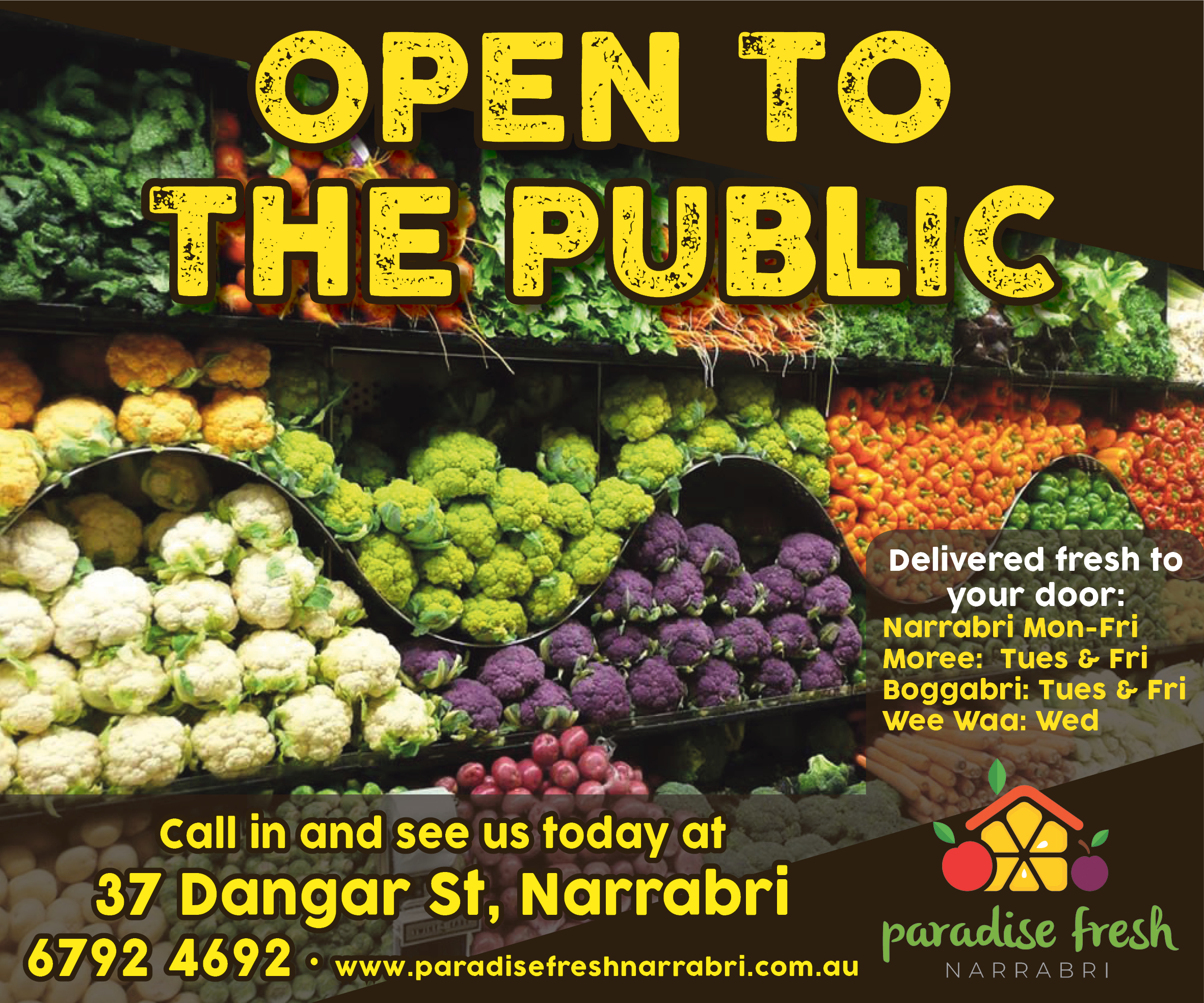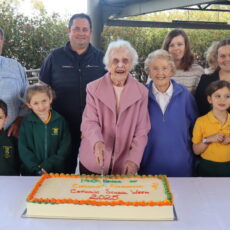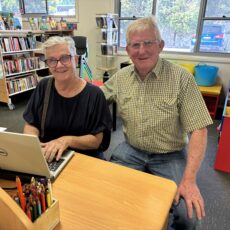The impact of diminishing maternity services in rural areas, including Narrabri Shire, has become apparent through a campaign and petition underway.
North West and New England perinatal mental health clinician and rural health advocate Jen Laurie is the brainchild of the Bush Babies initiative which includes firsthand accounts from local mums.
The Bush Babies 2025 campaign aims to address the systematic closures and downgrades of rural maternity services and birthing units across NSW during the past 30 years.
In just one generation, one in two birthing units has closed, a total of 140 services. This includes the former maternity services carried out in Wee Waa.
The petition calls for an immediate halt to further closures and the centralisation of services, as well as an investigation into rural maternity care and increased funding and investment to ensure that families in regional areas have equal access to high-quality healthcare during pregnancy and childbirth.
“Hearing the heartbreak and trauma of so many women, I have launched Bush Babies 2025,” Jen said.
Jen is also the founder and director of HerHerd and hosts a podcast of the same name.
“HerHerd the podcast was born out of my clinical work in both the public and private sector where I witnessed far too many young mothers and their families facing challenges in accessing maternity services, often resulting in emotional, physical and financial trauma,” Jen said.
“HerHerd Podcast shines a light on the unique challenges faced by women and their families in rural and regional areas, amplifying the voices of these communities, celebrating their resilience and the creative problem solving they employ to address critical healthcare issues in the realm of maternity care.”
Among the local case studies is a Narrabri mum who went into labour at 1am and drove herself to the hospital, only 10 minutes away.
“They were on bypass, with only one midwife on duty. She examined me and decided to call an ambulance. I was only 2cm dilated at the time, and it took an hour for the ambulance to arrive, despite two calls from the hospital,” the mum said.
“My husband packed our son and headed out, while I finally left in the ambulance, accompanied by a wonderful midwife. About 10 minutes into the trip, my waters broke and things escalated quickly.
“I laboured the entire way strapped on my back as the ambulance sped down the highway.
“My husband, unable to catch up, had no idea how far along I was or what was happening. I made it to hospital and gave birth nine minutes later, but my husband missed the birth of our son.”
Another Narrabri mum went into labour at home in Narrabri, but with no doctor or anaesthetist available, was told she would be transferred, though she didn’t know to where – Moree, Tamworth, or Armidale.
“Narrabri was on bypass to Moree, but then Moree went on bypass to Tamworth. My labour progressed quickly, and I was transferred by ambulance with lights and sirens,” she said.
“My husband rushed to Tamworth, worried we’d be sent to different hospitals. We made it to Tamworth, but during the drive, my baby turned posterior, and my labour stalled for 14 hours.”
A Gunnedah mum reported experiencing birth trauma after being transferred by ambulance to a larger hospital as the Gunnedah Hospital maternity service was on bypass. The delay in care resulted in a need for an emergency c-section.
Another Gunnedah mum similarly was transferred as the hospital was on bypass, however, upon arrival at Tamworth was diverted again to Armidale, and then to Inverell. After travelling more than 300 kilometres due to hospital bypasses, she gave birth on the side of the road between Armidale and Inverell.
A spokesperson for Hunter New England Local Health District said women are safely birthing in hospitals across the district every day.
“From the outset, women, their support person/people, and our dedicated maternity staff work together to plan for the birth and ongoing care,” the spokesperson said.
“The woman’s birth plan is constantly reviewed and updated with the woman, throughout her pregnancy, ensuring that recommendations and decisions are always made in the best interest of both the woman and her baby.
“However, sometimes these plans change, whether due to the need for specialist care, unexpected workforce shortages, or other unforeseen circumstances.
“When this happens, we acknowledge how disruptive it can be, especially if the location of the birth needs to change. We sincerely apologise to any women who have experienced this.
“In emergency situations, hospital staff will arrange the most appropriate means of transport to take a woman to the most suitable service. This may include by road, fixed wing or helicopter services.
“Maternity services in NSW are networked which ensures women and their babies receive the safest care at the most appropriate facility. We also work hard to provide care as close to home as possible.”
The spokesperson said the networked services enable women in the North West to access the Initial Maternity Assessment and Planning (IMAP) program that runs out of John Hunter Hospital and is delivered at Moree Hospital.
“IMAP supports women with risk assessments, multidisciplinary planning, and high-risk telehealth services for the prenatal maternity care of eligible women,” the HNELHD spokesperson said.
“Without the IMAP outreach service, these women would be required to travel to Newcastle to receive the care they need.
“In exciting news for the region, a recent international recruitment drive has led to several midwives currently undergoing professional assessments to join Tamworth Hospital.
“Three registered nurses with extensive postnatal experience have already started at Tamworth’s Hospital’s maternity unit.
“Recruiting midwives, obstetricians, GP obstetricians, and anaesthetists to ensure safe, high-quality care remains a challenge across Australia, particularly in our rural and remote areas.
“We continue to make every effort to fill midwifery and obstetric vacancies through targeted workforce planning, scholarships, university partnerships, internal pathway programs, and tertiary study subsidies.
“NSW Health also supports local recruitment with incentives for hard-to-fill and critical roles through the Rural Health Workforce Incentive Scheme, providing packages of up to $20,000 for some roles.”
To order photos from this page click here










